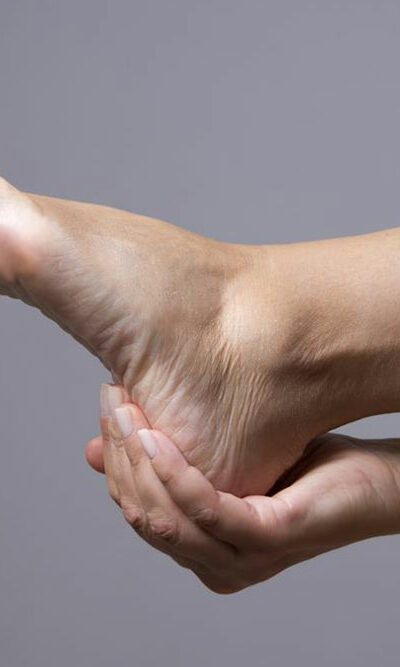
5 common signs of myasthenia gravis
Myasthenia gravis is a condition that weakens the voluntary muscles, making them tire easily. It develops when the communication between nerves and muscles breaks down. While there is no permanent cure for myasthenia gravis, treatment can help ease the symptoms. Further, recognizing the signs and seeking an early diagnosis can help one better manage the condition. So, here is a look at some of the key signs of myasthenia gravis: 1. Drooping eyelids More than half of those with myasthenia gravis experience eye-related issues as the first sign of the condition. Here, drooping of one or both eyelids, called ptosis, can be a common sign. One may also experience other symptoms associated with the eyes, like diplopia (double vision), which could make one see dual horizontal or vertical images. 2. Difficulty with speech Speech-related issues could indicate the onset of myasthenia gravis. This could include a hypernasal voice or slurred speech (dysarthria), which is usually observed in younger people diagnosed with the condition. 3. Trouble chewing Difficulty eating or chewing can be a sign of myasthenia gravis. Here, the muscles that help one chew food can tire halfway through a meal. This symptom can seem more prominent while eating something hard to chew, like a steak. Another symptom associated with the face includes a change in expressions; say, a smile can look like a snarl. 4. Breathing issues Myasthenia gravis can cause weakness of the chest wall muscles, leading to breathing problems. Here, one may feel like they are not getting enough air or find inhaling uncomfortable. If one notices persistent breathing issues without any physical exertion, they should consult a doctor. 5. Trouble walking Another common sign of myasthenia gravis is a change in how one walks. As the condition causes weakness in the arms and legs, it could make walking difficult, changing the gait.










